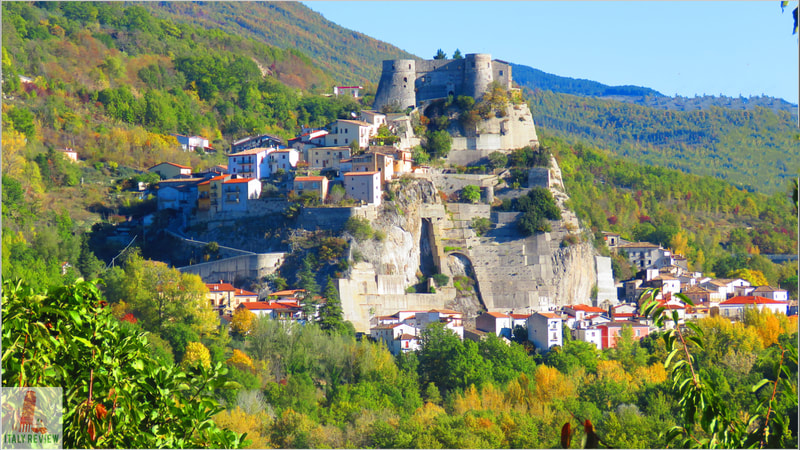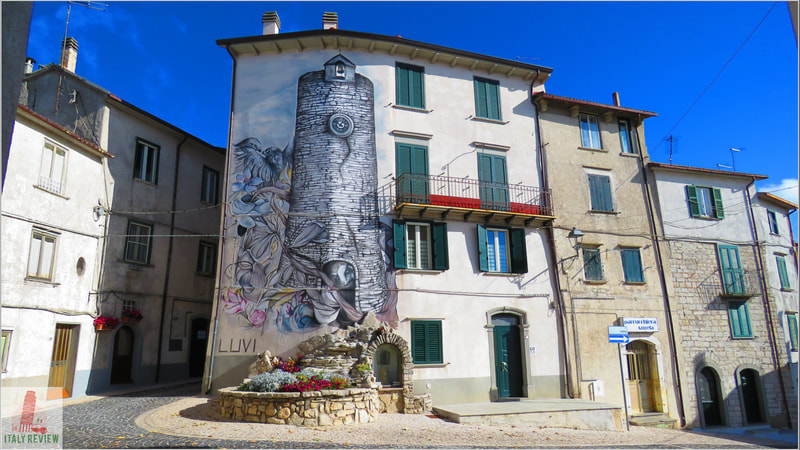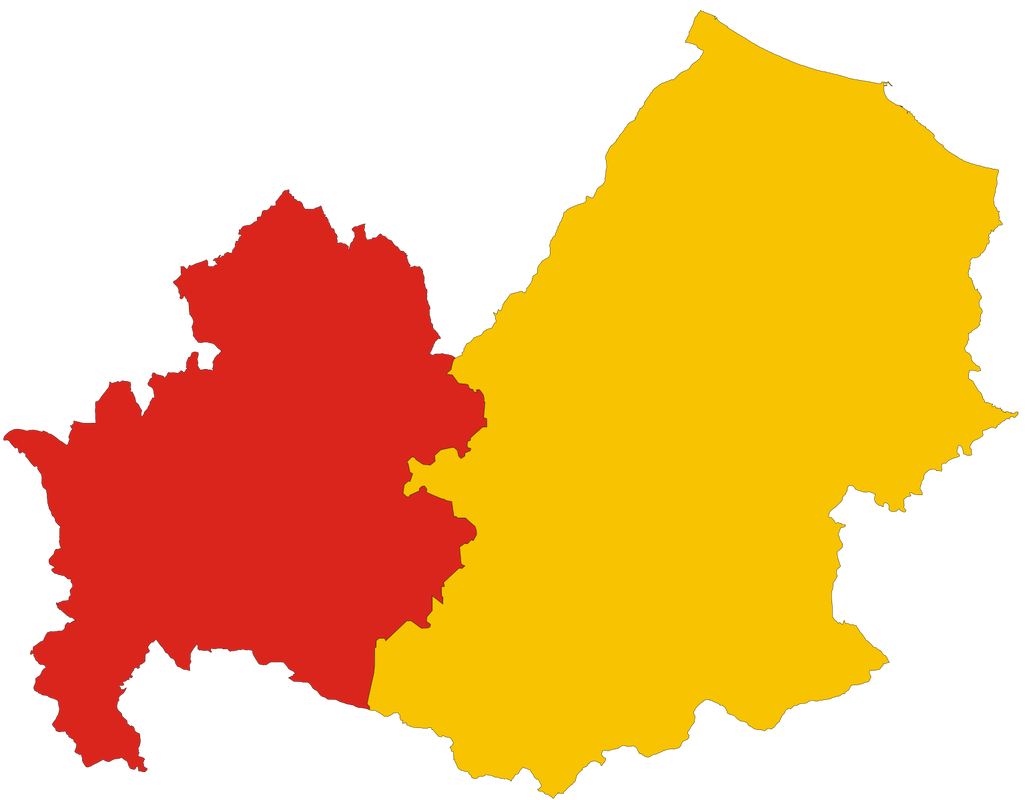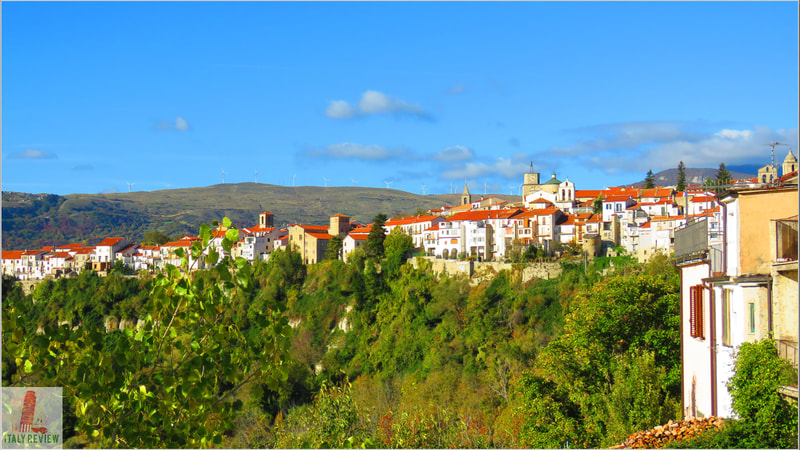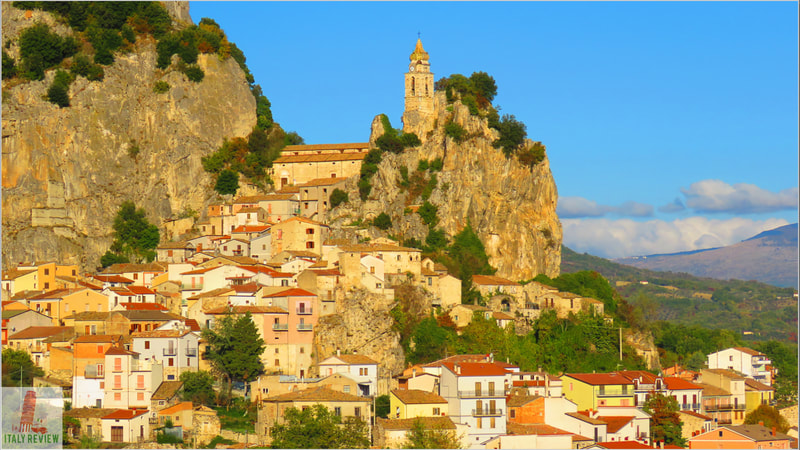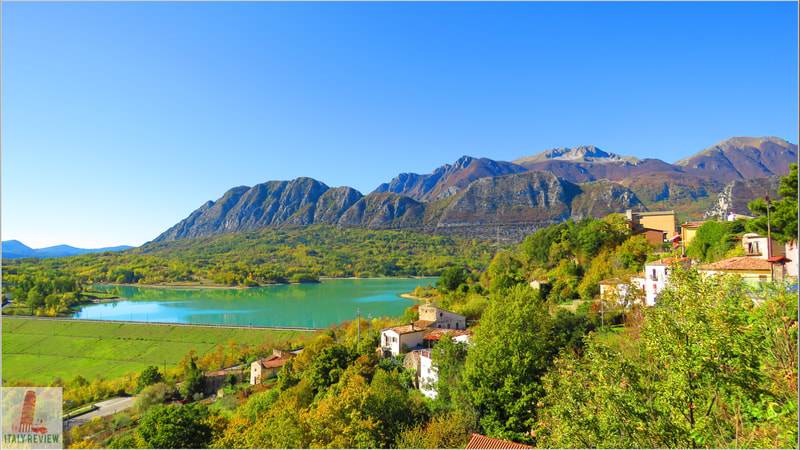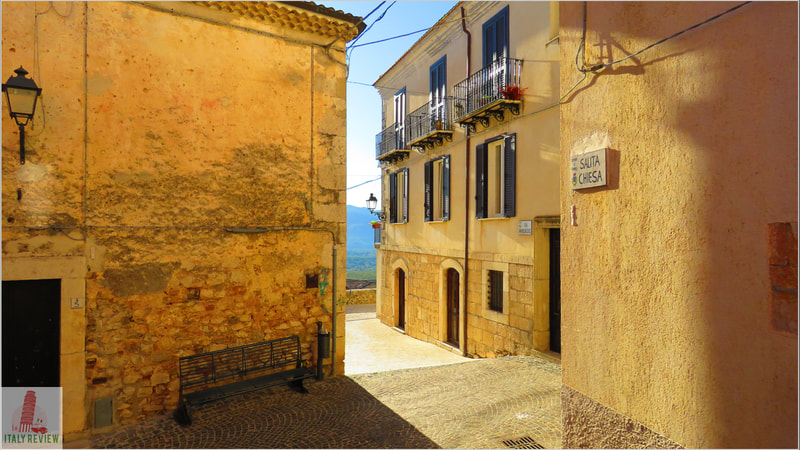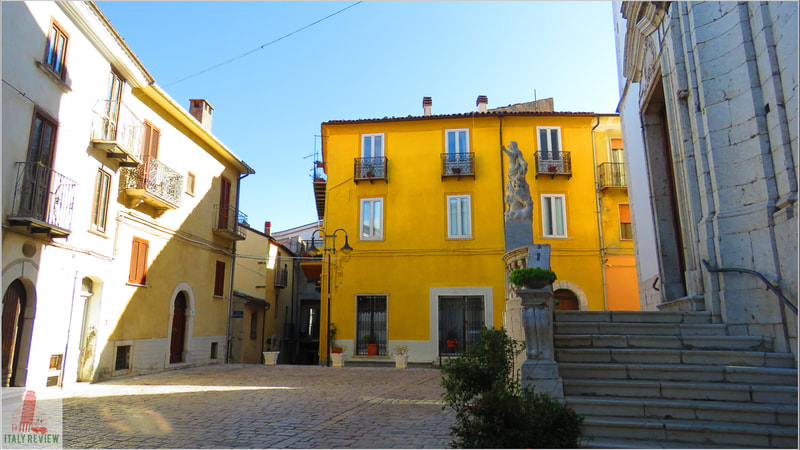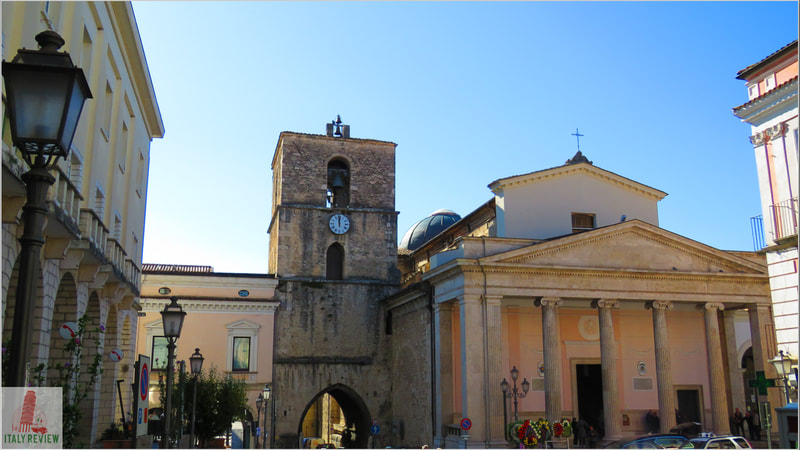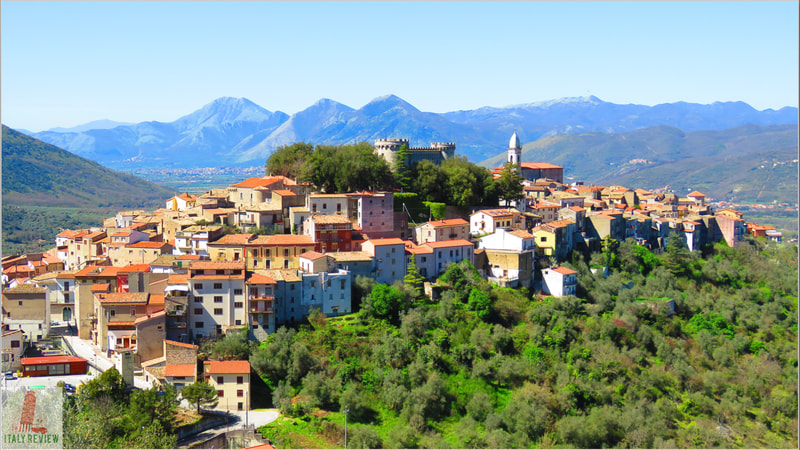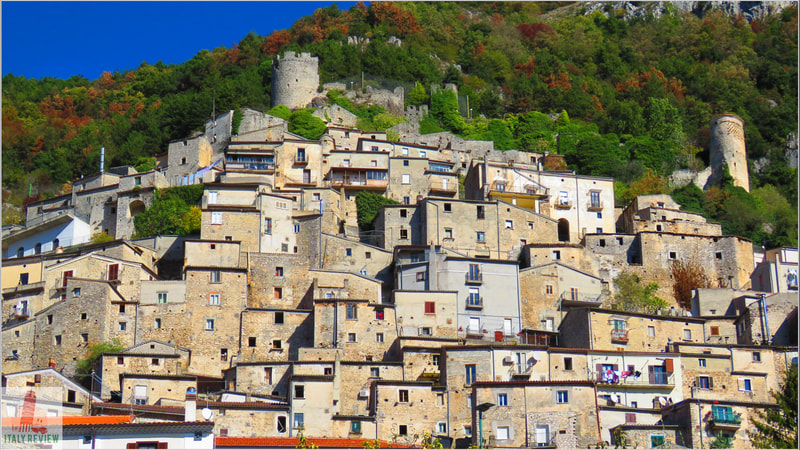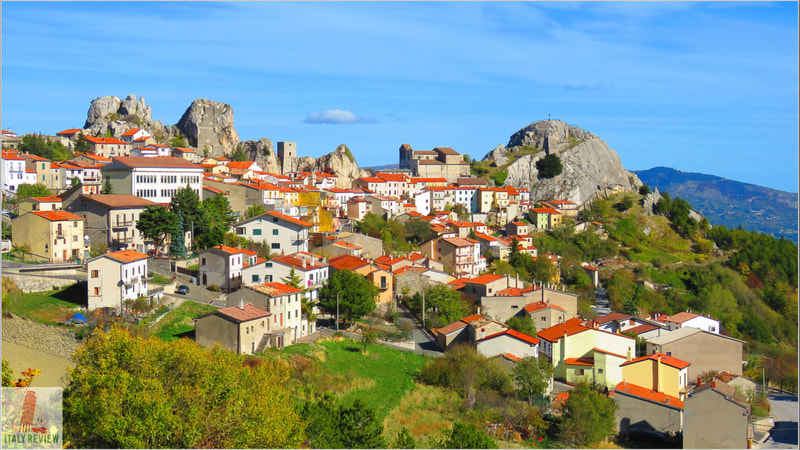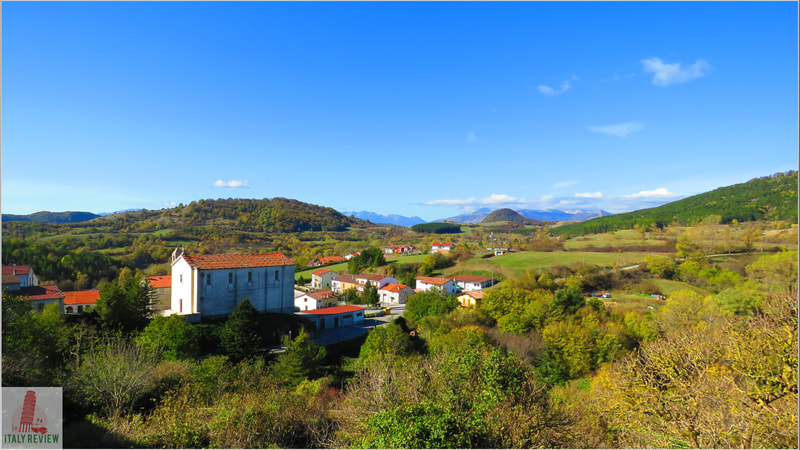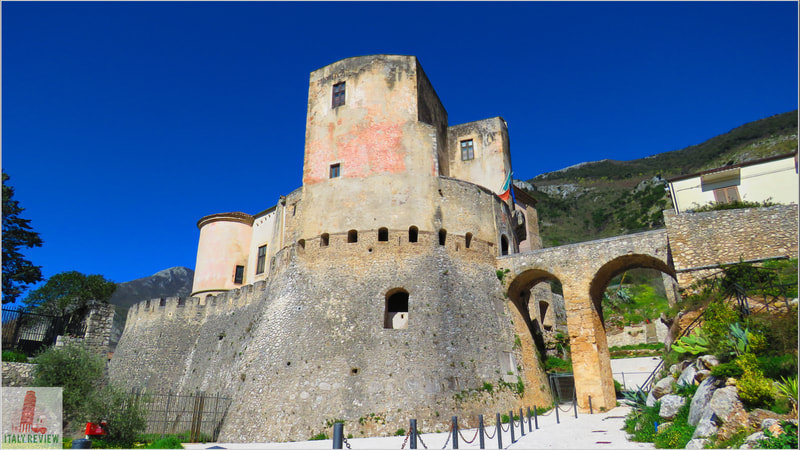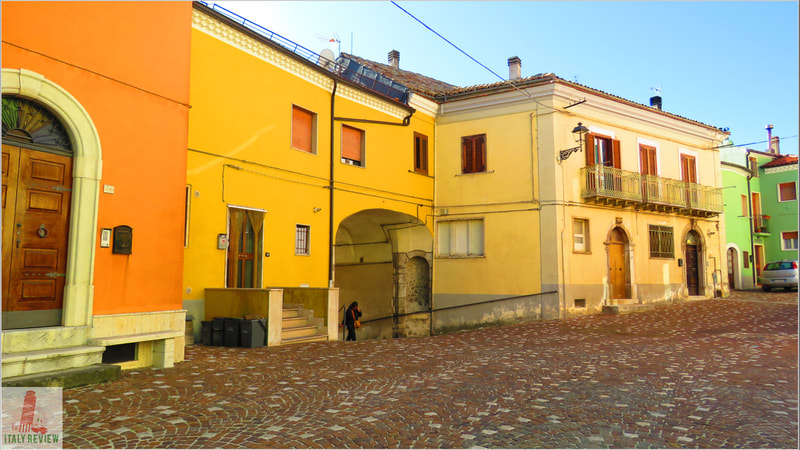Isernia Province
|
By Dion Protani
|
Latest update: 22 November 2023
|
|
The Isernia Province occupies a geographical area of 1,535 square kilometres including the city of Isenia itself, the provincial capital.
Within the province there are 52 provincial towns, known as communes (comune singular or comuni plural in Italian), containing a total population of around 85,000 inhabitants. Highlights include the towns of Cerro al Volturno, Bagnoli del Trigno and Capracotta. |
Related links
Profile
Isernia is a province located in the Molise region of southern Italy. It is characterized by its picturesque landscapes, charming medieval towns, and rich history.
History
The area of Isernia has a long and storied history dating back to ancient times. It was once inhabited by the Samnites, an ancient Italic people, and later became a Roman settlement.
Throughout the Middle Ages, various rulers, including the Lombards and Normans, held control over the region. In the 20th century, Isernia, along with the entire region of Molise, became an independent province in 1965.
Throughout the Middle Ages, various rulers, including the Lombards and Normans, held control over the region. In the 20th century, Isernia, along with the entire region of Molise, became an independent province in 1965.
Highlights
- Nature and Outdoor Activities: Isernia is blessed with stunning natural beauty, including rolling hills, forests, and rivers. The Matese Regional Park is a popular destination for nature enthusiasts, offering hiking, mountain biking, and wildlife-watching opportunities.
- Historic Towns: The province is dotted with charming medieval towns and villages. One of the highlights is the town of Isernia itself, with its historic center, Roman ruins, and ancient city walls. Other noteworthy towns include Agnone, known for its ancient bell foundries, and Venafro, famous for its Roman archaeological sites.
- Ancient Ruins: Archaeological sites in Isernia provide insight into the region's ancient past. The nearby ruins of Saepinum, a Roman city, are a significant historical site worth exploring.
- Local Cuisine: Isernia is renowned for its delectable traditional dishes, which include hearty stews, pasta dishes, and locally-produced cheeses and wines. Tourists can savor the authentic Molise cuisine in local trattorias and restaurants.
- Festivals and Events: Throughout the year, Isernia hosts various festivals celebrating its culture and traditions. These events often involve folk music, dance, and colorful processions.
- Religious Sites: Isernia has several religious landmarks, including churches, cathedrals, and monasteries, showcasing the province's religious heritage.
- Peaceful Atmosphere: Unlike some of the more touristy areas of Italy, Isernia offers a quieter and more tranquil ambiance, making it an ideal destination for those seeking a peaceful and authentic Italian experience.
- Local Crafts: Visitors can explore traditional crafts in Isernia, including ceramics, bell making, and embroidery.
Provincia di Isernia
Neighbouring provinces: Campobasso, Chieti, L'Aquila, Frosinone, Caserta

